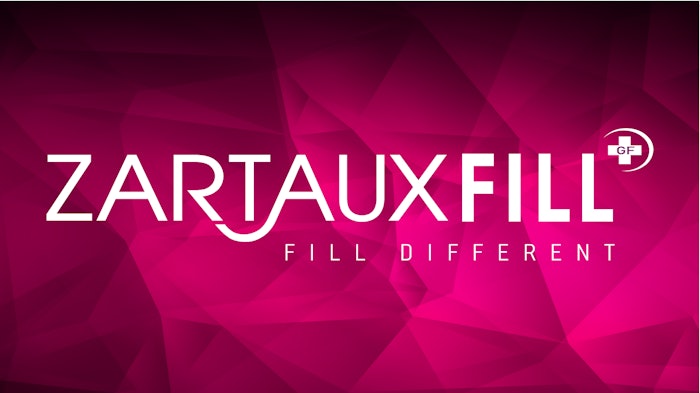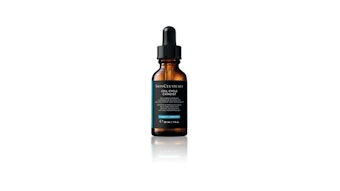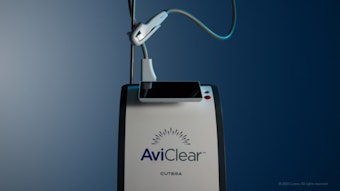
A recent study by Ioannis, M.D., Ph. D., et al., published by Zartaux Medical Aesthetics (June 2022), explored the clinical efficacy, overall skin reaction and duration of results of two hyaluronic acid injectable fillers designed to treat Nasolabial wrinkles or folds (NF). The authors treated the right NF with monophasic, polydensified HA filler, while treating the left NF with a scientifically modified monophasic monodensified counterpart (Zartauxfill).
Related: Monophasic HA vs. Biphasic HA Filler for Nasolabial Folds
The study included 15 patients (mean age 52, 47 ± 9,39), using both Wrinkle Severity Rating Scale (WSRS) and GAIS – ANOVA statistical methods to determine the outcome, as well as a FACE-Q questionnaire to assess post-treatment naturalness feeling. Patients attended follow-up visits in the 1st, 6th and 12th months after their initial appointment.
Related: Small vs. Large Particle HA Filler for Nasolabial Folds
The study found that while both HA fillers demonstrated similar effectiveness in result duration and aesthetic outcome, the FACE-Q questionnaire revealed that when it came to the resulting subjective feeling or naturalness, patients favored the monodensified HA products (p<0.05). Participants noticed no obvious sign of skin irregularity in both injected wrinkles. However, when they smiled with their mouth open, patients noticed intracutaneous tension in the right NF, but no such a feeling in the left NF, which was treated with the monodensified molecule. Patients unanimously reported that the monodensified product was more compatible to natural feeling.











